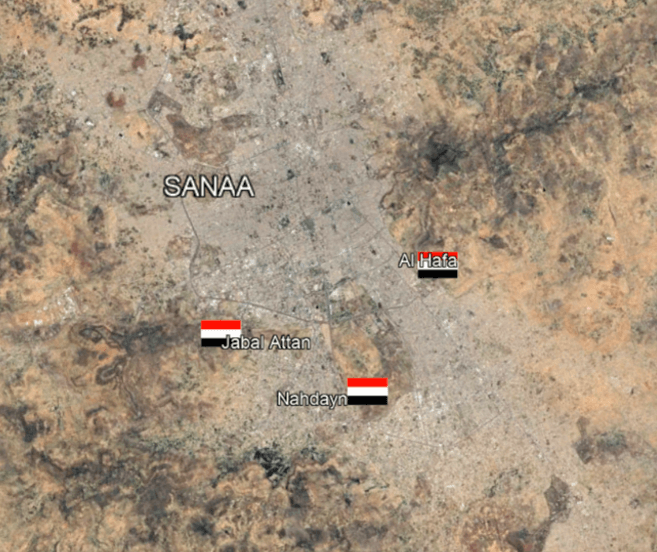U.S. Hits Five Houthi Missile Sites With Bunker-Buster Bombs

On the night of October 17, the U.S. Air Force mounted an attack on five targets in Houthi-controlled Yemen using bunker-busting bombs. It appears to be the first time that the U.S has used this class of weapon since war broke out in the Middle East last October.
Lloyd Austin, the US defense secretary, announced that the US aircraft used in the raid were B-2 stealth aircraft, one of the few heavy bombers in the US inventory capable of launching the GBU-57 Massive Ordnance Penetrator. The GBU-57 weighs 30,000 pounds and is designed specifically to attack deep bunkers, penetrating to depth before exploding. Previous recent US and UK attacks on targets in Yemen have been carried out by lighter attack aircraft unable to carry such heavy ordnance.
"This was a unique demonstration of the United States' ability to target facilities that our adversaries seek to keep out of reach, no matter how deeply buried underground, hardened or fortified," said Austin in a statement. "I authorized these targeted strikes to . . . protect and defend U.S. forces and personnel in one of the world's most critical waterways."
The five targets were in the Sanaa capital area and the Houthi stronghold of Saada in the north, but were not specifically identified in Secretary Austin’s announcement. However, they are likely to include three missile force locations on the southern outskirts of Sanaa area - Jabal Attan, Al Hafa and Nandayn.

The Houthi missile facilities in southern Sanaa (Google Earth)
These three barrack areas each housed a missile brigade from the 1980s onwards, each with access nearby to deep bunkers developed from natural caves. Two of these brigades were equipped with SCUD missiles, which gave the Yemeni armed forces operational familiarity with ballistic missile systems, expertise that is being leveraged to this day. These locations were repeatedly targeted by the Saudis in an attempt to halt missile attacks on Saudi Arabia prior to the ceasefire in 2022. But these strikes were largely ineffective because the Saudis had been denied offensive ordnance that could penetrate the depths of such cave complexes.

SSM Bde SS-21 missiles at Jabal Attan, December 2011 (Google Earth)
The target in Saada is likely to have been an underground tunnel complex eight kilometers east of the airfield in Saada, which in recent satellite imagery appears to be still be busy with construction activity. Another known missile storage facility near Taiz towards the south appears not to have been targeted in this round of strikes.
The US strikes are noteworthy for a number of reasons. They demonstrate a determination to curtail continuing long-range Houthi strikes on merchant vessels in the Red Sea and Gulf of Aden areas, which have used both ballistic missiles and drones. The Houthis have recently threatened to expand their offensive activities by attacking shipping targets in the Eastern Mediterranean as well, and have demonstrated that with newly-supplied Iranian missiles, they have the range to do so.

that matters most
Get the latest maritime news delivered to your inbox daily.
But the strikes also demonstrate to the Houthis’ friends in Tehran what a GBU-57 strike in Iran might be able to achieve, specifically if such weapons were used against Iranian deep-buried nuclear and missile facilities. The attack therefore strengthens the United States’ deterrent posture, and is a demonstration of what the United States might be capable of if Iranian actions were to escalate and draw in the United States.
The US attack also seeks to achieve what Israel might otherwise feel it might need to do on its own in order to reduce the increasing threat posed by the Houthis. The US attack therefore serves both US and Israeli interests, but may also be playing a role in covert, backchannel negotiations which (recent history suggests) are still going on between the United States and Iran. It also serves the more public discussion between policymakers in Washington and Tel Aviv, through which the US is seeking to de-escalate the current conflict.
